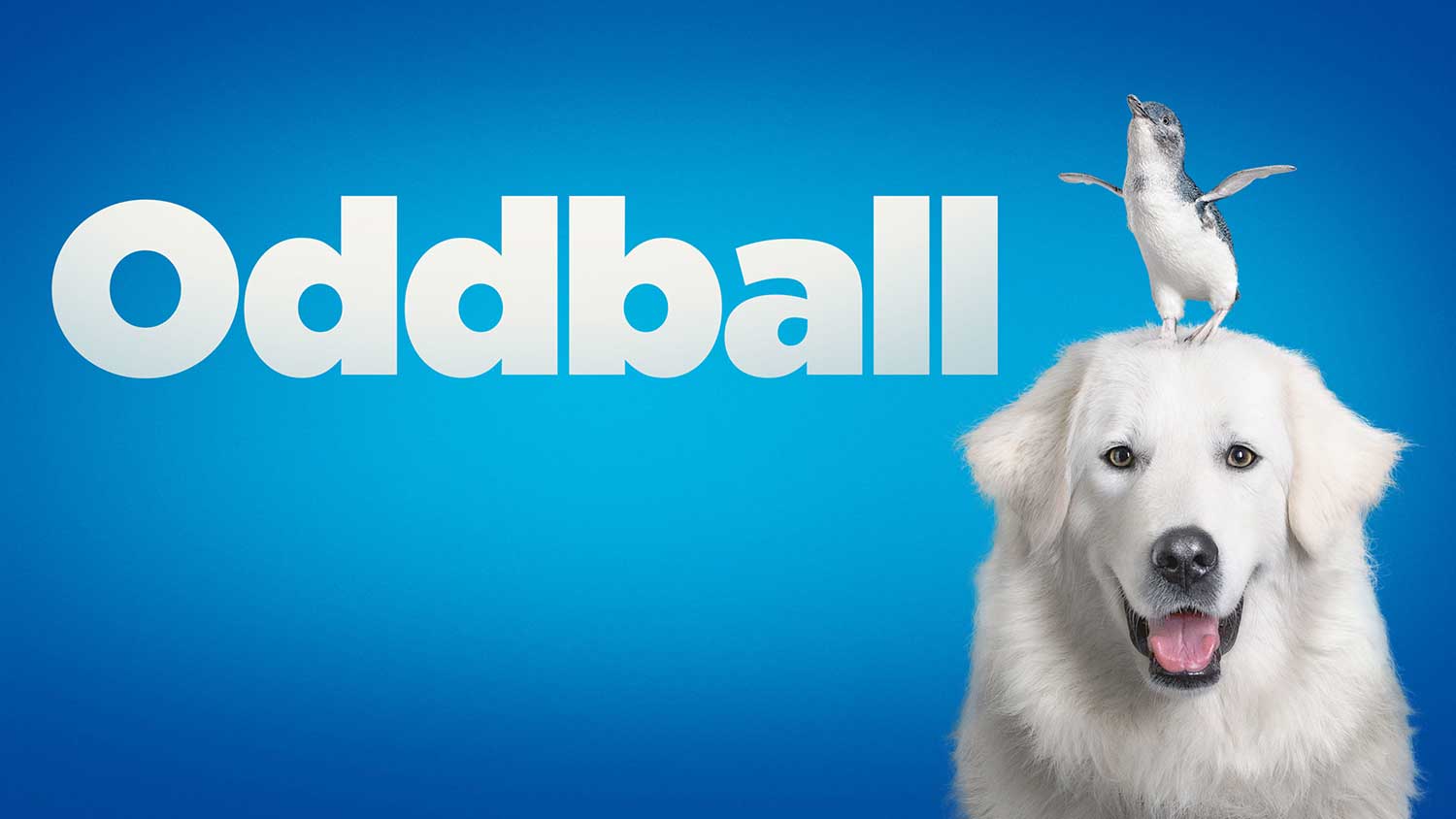Revolutionize Mealtime: Best Dog Food for a Happy, Healthy Pup
When it comes to choosing the best dog food for your furry friend, understanding pet food labels is essential. Pet food labels provide valuable information about the ingredients and nutritional composition of the food. In this section, we will decode ingredient lists and highlight the importance of meat protein in dog food.
Decoding Ingredient Lists
The ingredient list on a dog food label can give you insights into the composition of the food. Ingredients are listed in descending order by weight, with the heaviest ingredient appearing first. As a pet owner, it’s important to pay attention to the first few ingredients as they make up the majority of the food.
Proteins should be the first ingredient to look for in dog food. They are crucial for a dog’s growth, maintenance, reproduction, and repair of damaged tissues. Proteins can come from animal-based sources like chicken, beef, lamb, turkey, or fish. Plant-based sources like legumes and grains can also contribute to the protein content, but it’s important to ensure that the food provides all the essential amino acids a dog needs.
Keep in mind that ingredients like chicken meal or chicken by-products are more concentrated sources of protein compared to whole chicken. Manufacturers may claim that chicken is the number one ingredient, but it’s important to look at the next ingredient. If it’s a carbohydrate, it may indicate that the chicken content is actually lower.
Importance of Meat Protein
Meat protein plays a crucial role in a dog’s diet. Dogs are primarily carnivorous animals, and their bodies are designed to efficiently digest and utilize animal-based proteins. Meat protein provides essential amino acids that dogs need for healthy muscle development, immune function, and overall well-being.
Black Hawk Dog Food, for example, emphasizes the importance of meat protein content in their formulas for canines. High-quality meat protein sources, such as chicken, beef, or fish, should be the primary ingredient in your dog’s food. Look for dog food brands that prioritize using real meat as the first ingredient to ensure your pup receives the necessary protein for optimal health.
By understanding how to decode ingredient lists and recognizing the significance of meat protein, you can make informed decisions when selecting the best dog food for your furry companion. Remember to consult with your veterinarian to determine the specific nutritional needs of your dog based on factors such as age, breed, and any existing health conditions.
Types of Dog Food
When it comes to choosing the best dog food for your furry friend, it’s important to consider the different types available. Dry dog food, wet dog food, and raw dog food are the three main categories that cater to different preferences and nutritional needs.
Dry Dog Food
Dry dog food, also known as kibble, is the most commonly used and convenient option for many pet owners. It is made by combining a mixture of ingredients, including meat, grains, vegetables, and vitamins, and then extruding them into bite-sized pieces. Dry dog food has a low moisture content, typically around 10%, which means it has a longer shelf life and is easy to store.
One of the benefits of dry dog food is its dental benefits. The crunchy texture of the kibble helps to scrape away plaque and tartar, promoting better oral health. Dry dog food is also cost-effective and provides a balanced and complete diet for dogs of all sizes and breeds. However, it is important to ensure that your dog has access to fresh water at all times when feeding them dry food.
Wet Dog Food
Wet dog food, also referred to as canned dog food, has a higher moisture content compared to dry dog food. It is made by combining meat, vegetables, and other ingredients, and then sealing them in cans or pouches. Wet dog food typically contains around 70-80% moisture, making it a good option for dogs that require additional hydration or have dental issues.
One of the advantages of wet dog food is its palatability. The rich aroma and flavors make it appealing to dogs, especially those with a picky appetite. It is also easier to chew and digest, making it suitable for senior dogs or those with dental problems. However, it is important to note that wet dog food generally has a shorter shelf life once opened and may be more expensive than dry dog food.
Raw Dog Food
Raw dog food is based on a diet that closely resembles what dogs’ ancestors had in the wild. It is made up of raw meat, bones, fruits, vegetables, and sometimes other added supplements. Raw dog food is often frozen or refrigerated to preserve its nutritional integrity.
Proponents of raw dog food believe that it provides a more natural and biologically appropriate diet for dogs. They argue that it can improve overall health, enhance coat condition, and promote better digestion. However, it is important to handle raw food safely to avoid bacterial contamination.
When choosing the best dog food for your pet, consider their specific needs, preferences, and any dietary restrictions they may have. It may also be beneficial to consult with your veterinarian to ensure you are providing a well-balanced diet. Remember, what works for one dog may not work for another, so finding the right type of dog food may require some trial and error.
Key Nutrients in Dog Food
To ensure the health and well-being of your furry friend, it’s essential to understand the key nutrients that should be present in their food. These nutrients play a vital role in supporting your dog’s overall health and providing them with the necessary energy to thrive. Let’s explore three important nutrients: essential vitamins and minerals, fats and oils, and dietary fiber.
Essential Vitamins and Minerals
Just like humans, dogs require a range of vitamins and minerals to maintain optimal health. These nutrients are involved in various bodily functions, including bone growth, digestion, nerve function, and wound healing. High-quality dog food should list specific vitamins and minerals rather than just stating a generic “vitamin/mineral mix.” Look for the following essential vitamins and minerals on the ingredient list of your dog’s food:
- Vitamin A
- B vitamins (such as B1, B2, B6, and B12)
- Vitamin D
- Vitamin E
- Vitamin K
- Calcium
- Phosphorus
- Potassium
- Iron
By ensuring that your dog’s food contains these essential vitamins and minerals, you can help support their overall health and well-being.
Role of Dietary Fiber
Dietary fiber is another important nutrient in your dog’s diet. It plays a vital role in maintaining good health by regulating the digestive system, providing a feeling of fullness, and helping to maintain consistent blood sugar levels. Common sources of fiber in dog food include beet pulp, pumpkin, sweet potatoes, whole grains (like barley, brown rice, and oats), and psyllium husk.
The appropriate fiber content for most dogs is around 3-5%. Including the right amount of dietary fiber in your dog’s food can help promote healthy digestion and prevent issues such as constipation. It’s important to note that excessive fiber intake may lead to loose stools, so it’s essential to consult with your veterinarian to determine the appropriate amount for your dog’s specific needs.
By paying attention to the presence of essential vitamins and minerals, fats and oils, and dietary fiber in your dog’s food, you can make informed decisions to provide them with a balanced and nutritious diet. Remember to choose high-quality dog food that prioritizes these key nutrients to ensure your furry friend’s happy and healthy life.
Evaluating Dog Food Brands
When it comes to choosing the best dog food for your furry friend, it’s important to evaluate different brands and their offerings. In this section, we will explore three popular dog food brands: Black Hawk Dog Food, Royal Canin Dog Food, and Nature’s Logic Dog Food.
Black Hawk Dog Food
Black Hawk Dog Food is a brand that emphasizes the importance of meat protein content in their formulas for canines. They offer both grain and grain-free options, providing choices for dogs with specific dietary needs or sensitivities.
Noteworthy additions in Black Hawk Dog Food include the benefits of emu oil, glucosamine, and chondroitin. These ingredients contribute to joint health, skin and coat condition, and overall wellbeing. Black Hawk Dog Food’s nutritional breakdown focuses on protein and fat levels as the building blocks of a balanced diet, along with the role of carbohydrates.
Brand : Black Hawk Dog Food
Protein Content : 28%
Fat Content : 11%
Black Hawk offers a Healthy Benefits Adult Dog Food suitable for all breeds. This formula contains 28% protein sourced from quality meats, vegetables, and legumes, and 11% fat from a blend of healthy fats and oils, including fish oil. It is a lower calorie diet designed to help adult dogs maintain a healthy weight.
Consumer insights in Australia have shown positive ratings for Black Hawk Dog Food’s performance in market surveys and comparisons with industry competitors in satisfaction surveys. The brand is dedicated to providing premium quality pet nutrition, developed by pet nutritionists and veterinarians, to promote overall pet health and vitality at every life stage.
Royal Canin Dog Food
Royal Canin Dog Food is a well-known brand trusted by many pet owners. They offer a wide range of dog food formulas tailored to meet the specific nutritional needs of different breeds, sizes, and life stages.
Royal Canin takes a scientific approach to pet nutrition and formulates their products based on extensive research. Their formulas are designed to provide comprehensive nutrition and address specific health concerns that may be common in certain breeds.
Nature’s Logic Dog Food
Nature’s Logic Dog Food is a brand that focuses on providing natural and holistic nutrition for dogs. Their formulas are free from synthetic ingredients, additives, and artificial preservatives. Nature’s Logic uses whole-food ingredients and does not include any chemically synthesized vitamins or minerals in their recipes.
The brand believes in nourishing pets with the nutrients found in whole, natural ingredients. Their formulas aim to provide a balanced diet that supports overall health and wellbeing. Nature’s Logic offers a variety of options to cater to different dietary needs and preferences.
By evaluating different dog food brands like Black Hawk, Royal Canin, and Nature’s Logic, you can find the best food to meet your dog’s nutritional requirements. Consider factors such as protein content, fat content, specific dietary needs, and any veterinarian recommendations to ensure you choose the most suitable option for your furry companion.
Choosing the Best Dog Food
When it comes to selecting the best dog food for your furry companion, there are a few key factors to consider. Ensuring that your dog receives a balanced and nutritious diet is essential for their overall health and well-being. In this section, we will explore two important aspects to keep in mind when choosing dog food: protein as the first ingredient and balancing carbohydrates and fats.
Protein as the First Ingredient
Proteins play a crucial role in a dog’s growth, maintenance, reproduction, and repair of damaged tissues. When evaluating dog food labels, it is important to look for products where protein is listed as the first ingredient. High-quality animal-based protein sources, such as chicken, beef, lamb, turkey, or fish, should be prioritized.
It’s worth noting that proteins can also come from plant-based sources, but these may need to be combined to provide all the essential amino acids that a dog requires. By selecting dog food with protein as the primary ingredient, you can ensure that your dog receives the necessary nutrients for their overall health and vitality.
Balancing Carbohydrates and Fats
While protein is essential, a well-balanced dog food should also contain a proper ratio of carbohydrates and fats. The top five ingredients in dog food should consist of a balance of protein, carbohydrates, healthy fats, fiber, and essential vitamins and minerals. The first ingredient should be a high-quality source of animal protein, such as fish, beef, or deboned chicken.
When it comes to carbohydrates, look for nutrient-rich options like whole grains, fruits, and vegetables that provide essential minerals, vitamins, and antioxidants. These carbohydrates contribute to energy levels and provide necessary dietary fiber for digestive health.
Healthy fats derived from sources like chicken fat or fish oil should also be included in dog food. Fats and fatty acids are important for a dog’s skin and coat health, as well as supporting various bodily functions.
By striking a balance between protein, carbohydrates, and fats, you can choose a dog food that provides the necessary nutrients to support your dog’s overall health and maintain their energy levels.
When evaluating dog food brands, it’s important to carefully read the ingredient list and understand the nutritional composition. Manufacturers may claim that chicken is the number one ingredient, but it’s essential to look at the next ingredient as well. If it’s a carbohydrate, it may indicate that the chicken content is actually lower. Ingredients like chicken meal or chicken by-products are more concentrated sources of protein.
Remember, dogs require animal protein for cellular growth, tissue repair, and muscle building. Protein is also essential for maintaining a healthy immune system, hormone synthesis, and enzyme activity. By prioritizing high-quality protein sources and balancing carbohydrates and fats, you can make an informed decision and choose the best dog food for your beloved pet.
Considerations for Dog Food Selection
When it comes to choosing the best dog food for your furry friend, there are several important considerations to keep in mind. Two key factors to consider are whether to opt for grain-free or grain-inclusive dog food and being aware of FDA warnings regarding certain diets. These decisions can have a significant impact on your dog’s health and overall well-being.
Grain-Free vs. Grain-Inclusive
Grain-free dog food has gained popularity in recent years, with many pet owners opting for these diets. However, it’s important to note that veterinarians recommend avoiding grain-free diets unless your dog has a specific medical need for that type of diet. The FDA is currently investigating a potential link between grain-free diets and a certain type of heart disease called dilated cardiomyopathy (DCM) in dogs.
In 2018, the FDA received reports of dogs developing DCM due to consuming grain-free or boutique diets. These dogs showed signs of improvement once grains were reintroduced into their diet. As of December 23, 2022, the FDA has received reports of 1,382 dog cases and 20 cat cases of diet-related DCM from 17 peer-reviewed studies conducted over the past 4½ years.
While a study in 2018 initially identified a potential link between taurine deficiency and grain-free diets in Golden Retrievers, subsequent studies did not find taurine deficiency in any breed. Instead, an association was noted between pulses such as peas, lentils, and chickpeas, which are often high in the ingredient list of reported DCM cases. It’s important to consult with your veterinarian to determine the best dietary approach for your dog’s specific needs.
FDA Warnings on Dog Food
Being aware of FDA warnings regarding certain dog food diets is crucial when making your selection. The FDA has issued warnings about the potential link between grain-free diets and DCM. These warnings highlight the importance of considering the long-term health implications of the food you choose for your dog.
It’s essential to stay informed about any updates or developments in the field of pet nutrition. Regularly check the FDA’s website for the latest information on recalls, warnings, and studies related to dog food.
Impact on Dog’s Health
The choice of dog food can have a significant impact on your dog’s health and well-being. While over-the-counter diets may be readily available and convenient, dogs with food allergies may experience continued itching, vomiting, or diarrhea if these diets are not produced in facilities dedicated to preventing cross-contamination of proteins for food-allergic pets.
Prescription hypoallergenic diets, on the other hand, undergo rigorous protocols to prevent ingredient cross-contamination and are more advanced in terms of feeding trials. These diets are recommended by veterinarians due to their safety protocols and have not been associated with the development of DCM in dogs.
When selecting dog food, it’s important to prioritize your dog’s specific nutritional needs and consult with your veterinarian for personalized recommendations. They can provide valuable insights based on your dog’s breed, age, activity level, and any underlying health conditions.
By considering the potential risks and benefits of different dog food options, you can make an informed decision that promotes the overall health and happiness of your beloved canine companion.
Find Professional Pet Photographers in Sydney, Melbourne & Brisbane
Whatever life stage your pet is at, your local pet photographer will have the perfect package to suit your furry friend!






